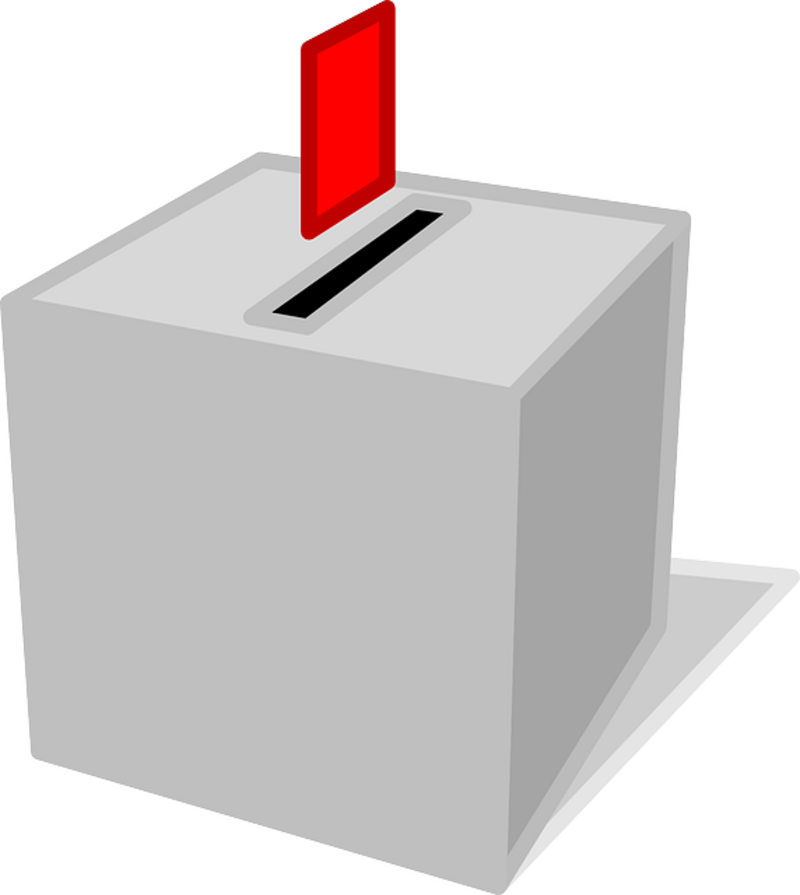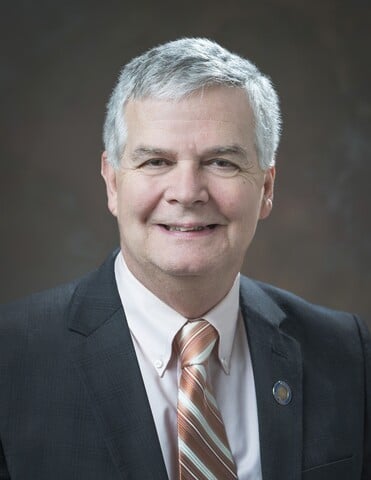Last week, Wisconsin voters showed up to vote on Primary Election Day. Nearly 26% of Wisconsinites over the age of 18 turned out to vote in the August 9th election– the highest in 40 years. The fact that just a quarter of eligible voters showed up and it’s considered a record turnout really says a lot about our electoral system.
General elections typically see greater turnout, of course. But by the time we even get to the general election, we’re left with two candidates selected by a small percentage of the population. Moreover, these candidates are usually on opposite sides of the political spectrum, leaving very little room for compromise on the campaign trail.
People are tired of the status quo and want to see this broken system fixed. They want to know their elected officials are working for them. Politicians should be held accountable for their job performance.
We can accomplish this through Final-Five Voting.
Final-Five Voting will reform the electoral process to ensure candidates are listening to voters and actually delivering on their promises. This session, I introduced legislation with a bipartisan group of legislators to establish the Final-Five Voting process for U.S. Senate and Congressional elections in Wisconsin.
There are two key changes to implementing Final-Five Voting. First, all candidates run on a single ballot, regardless of party affiliation. Currently in a primary election, a voter must choose to only vote on a Republican or Democratic portion of his or her ballot— as we saw last week.
Under the Final-Five model, all candidates are listed together. Voters then select their favorite candidate. When the votes are tallied, the top-five candidates advance to the general election, no matter which party they represent.
The second key change happens during the general election, when voters are asked to rank their choices of the top-five. Voters pick their favorite, just like always. If they want to, they can pick their second choice, third choice, and so on using a ranked-choice voting ballot. The first-place votes are then counted. If one candidate gets over 50% of the vote, the election is over and that candidate wins.
If no candidate gets a majority of the vote, the votes are counted again once the last-place candidate is eliminated. If your first-choice candidate was eliminated in the first round, your single vote is transferred to your second-choice. This method repeats until one candidate gets over 50%, which could happen in the second round or after four rounds.
Think about what could happen if all candidates, regardless of party, were on the same ballot and had to go through the Final-Five voting process. Candidates would be required to engage in civil debate and appeal to a broader audience. I doubt we’d see the same extreme gridlock and political attacks that are all too frequent today.
Despite what some may think, Final-Five Voting does not push all candidates to become more moderate. In reality, it creates an opportunity for voters to hear a diverse array of ideas and candidates can proudly stand behind their platform. I know many of us can agree how refreshing of a change this would be.
I’m excited to hear support for Final-Five Voting from my constituents. Many of them have seen how polarizing our elections have become and the damage that’s done to our democratic republic.
Here in western Wisconsin, there’s a local grassroots organization in Pierce County working to inform neighbors about Final-Five Voting. You may see volunteers at the local fair or farmers’ market; stop by and learn more!
The November General Elections are a few months away, but sadly, many electoral decisions were already made last week during Primary Day. Final-Five Voting promotes engaging policy discussion, which is what voters want to hear.
Our democratic republic doesn’t work without citizens getting involved. The more voices and perspectives that participate in our political process, the better.
Final-Five Voting makes sure our leaders are truly working for the people they’re running to represent … I think this is an idea we can all stand behind.



Add new comment